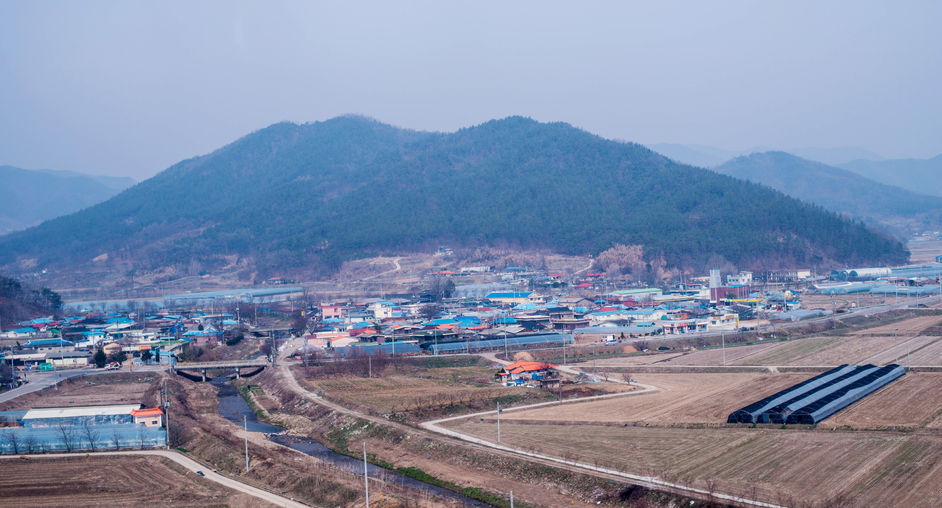
According to the study, the stress level for rural residents was 2.9, higher than the 2.86 for city dwellers. It was higher as the town size became smaller — 2.84 for residents of towns with 500,000-plus populations compared with 2.97 for those in towns under 100,000. (image: Korea Bizwire)
SEOUL, July 11 (Korea Bizwire) – People living in rural parts of the country have a higher stress level than those in cities, and the level rises as the size of the neighborhood becomes smaller, study results indicated Monday.
The rate of obesity and illnesses were also higher in rural regions, according to the study published in the latest academic journal by the Korea Institute for Health and Social Affairs (KIHASA).
The results are based on an analysis of 196,995 people who were surveyed in 2010. Obesity was measured according to the body mass index (BMI), the stress level by respondents’ answers ranging from one to four, and illnesses by the number of diagnosed diseases.
According to the study, the stress level for rural residents was 2.9, higher than the 2.86 for city dwellers. It was higher as the town size became smaller — 2.84 for residents of towns with 500,000-plus populations compared with 2.97 for those in towns under 100,000. The stress level in noncapital areas was also higher (2.94) than in capital regions (2.84).
The degree of stress rises with age and peaks in the 30s for everyone, regardless of where they live, but unlike in cities when it falls with age, in rural areas, it falls but rises again when people are in their 60s.
Obesity showed the same tendencies. The average BMI was higher in the rural parts (23.08) than in cities (22.88). It was higher in less populated towns (23.03 in towns with under 100,000 people) than in more populated areas (22.83 in towns with over 500,000 residents).
Disease prevalence was lower in cities (0.65) compared with rural districts (0.74). Like other measurements, the prevalence grew as the size of the neighborhoods became smaller.
The study recommended that the government take these differences into account in executing policies.
“We have to look at the differences between regions in terms of the population and health indicators and carry out policies depending on these conditions,” it said. “We need to be more attentive to illnesses of the aged population in noncapital, small regional towns.”
(Yonhap)






